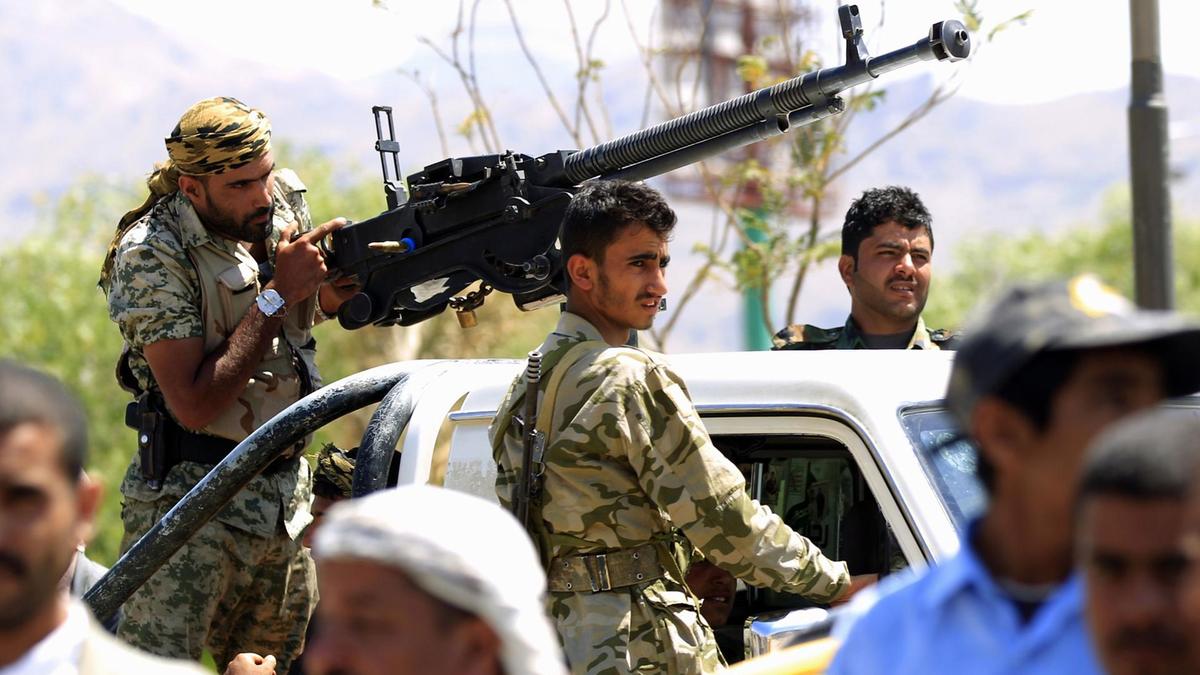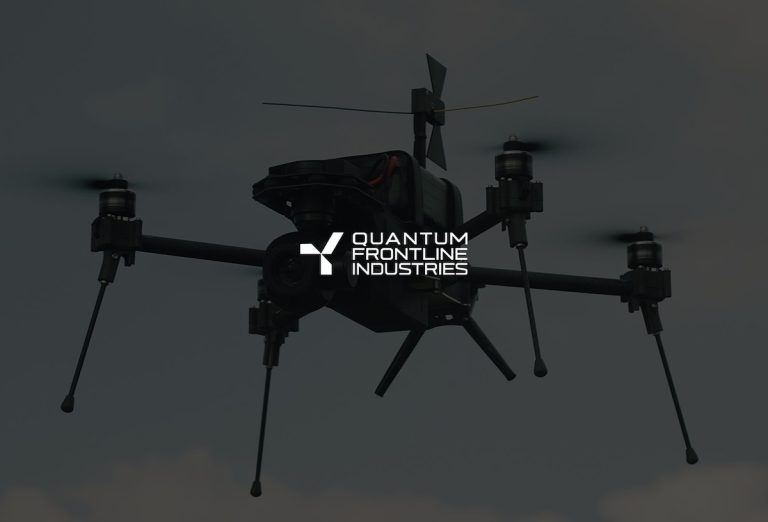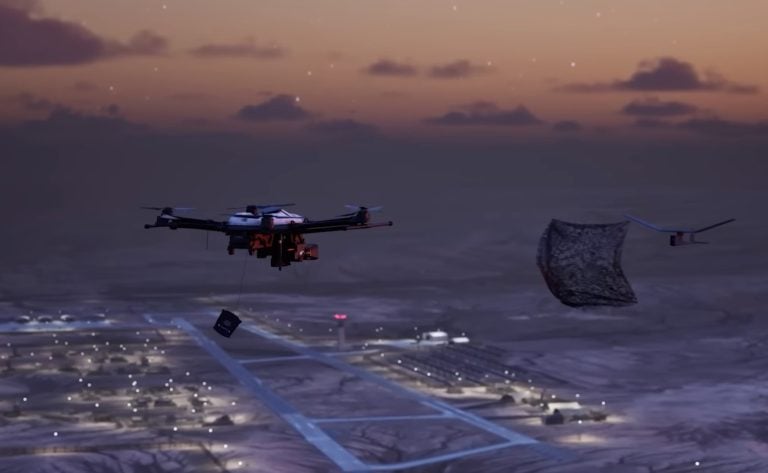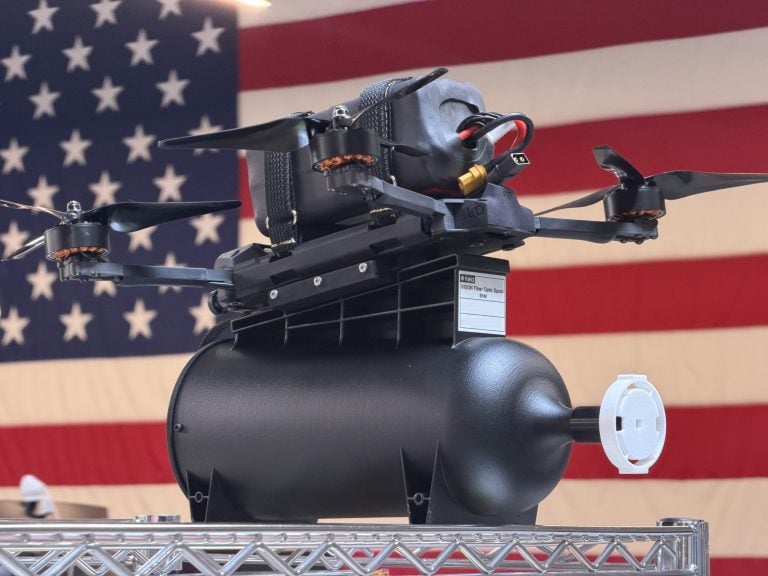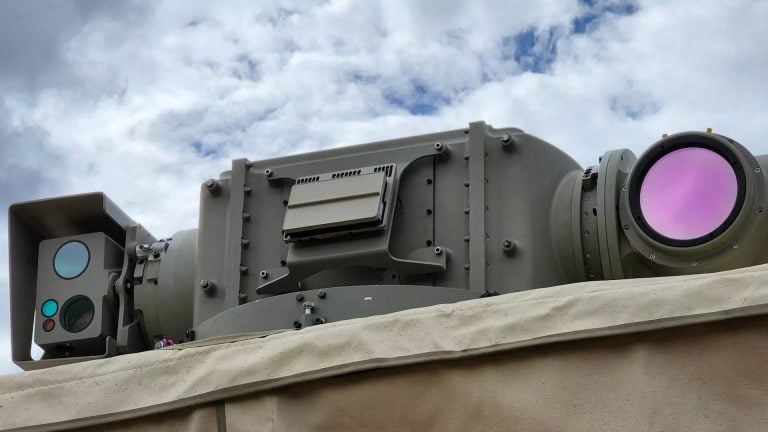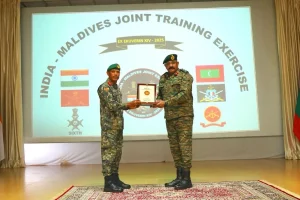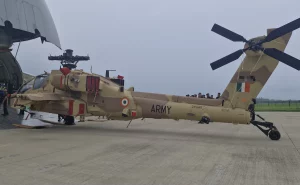For nearly two years, the Houthis have launched a series of disruptive attacks in the Red Sea, significantly impacting global trade and challenging U.S. national security interests. Through a campaign fueled by weapons supplied by Iran, the Houthis have targeted maritime traffic, firing over 680 missiles and drones at vessels and launching more than 280 projectiles toward Israel since October 2023.
These aggressive actions have led to a staggering 59 percent decline in maritime traffic through the Suez Canal, compelling large shipping companies to reroute their vessels around the Cape of Good Hope. This detour not only extends transit times but also adds up to $1 million in additional fuel costs per trip. The broader economic consequences are evident, with inflation rates rising in Europe and a projected revenue loss of $7 billion for Egypt in 2024.
The Houthis’ control over strategic trade routes poses a direct challenge to global freedom of navigation, a core U.S. national security interest. As the group continues to assert dominance over a maritime corridor once responsible for 30 percent of global container traffic, it raises questions about the effectiveness of U.S. deterrence strategies.
While various military efforts and the United Nations Verification and Inspection Mechanism (UNVIM) in Yemen have attempted to curb Iran’s arms smuggling, they have largely fallen short. The international community, often preoccupied with other geopolitical threats from nations like China and Russia, has shown reluctance to escalate its involvement in the Yemen conflict, fearing potential repercussions or accusations of supporting Israel amidst its ongoing war in Gaza.
Iran remains a crucial enabler of the Houthi threat, supplying arms, training, and funding. This dependency continues despite the Houthis’ advancements in indigenous weapon production. A notable example occurred in July when authorities intercepted over 750 tons of Iranian arms intended for the Houthis, highlighting the ongoing challenges in severing the Iranian supply chain.
In light of these persistent challenges, a more defined counterterrorism strategy is needed. This strategy should focus on a coalition-led intelligence initiative aimed at mapping Iran’s supply routes to Yemen. By employing an array of intelligence sources and predictive analytics, this coalition could effectively monitor shipments suspected of carrying illicit goods.
Simultaneously, the United States should reinforce the Combined Maritime Forces International Task Forces 150 and 153 to conduct more assertive at-sea interdictions based on the intelligence gathered. Moreover, the U.S. must advocate for stronger enforcement of the arms embargo on Yemen through the UN Security Council. This entails pressuring UNVIM to inspect all incoming ships to Yemen, eliminating loopholes that allow Iranian weapons to be concealed among civilian cargo.
While some Iranian weapons components are smuggled through flights to Sanaa and via the Oman-Yemen border, Yemeni authorities generally lack the necessary resources to combat this effectively. Therefore, an additional task force focused on monitoring and interdicting these shipments along the Yemen-Omani border is crucial.
After nearly two years marked by Houthi aggression, dismantling the Iranian arms pipeline to Yemen has become vital to restoring navigational freedoms, stabilizing global trade, and safeguarding U.S. interests in the region.
